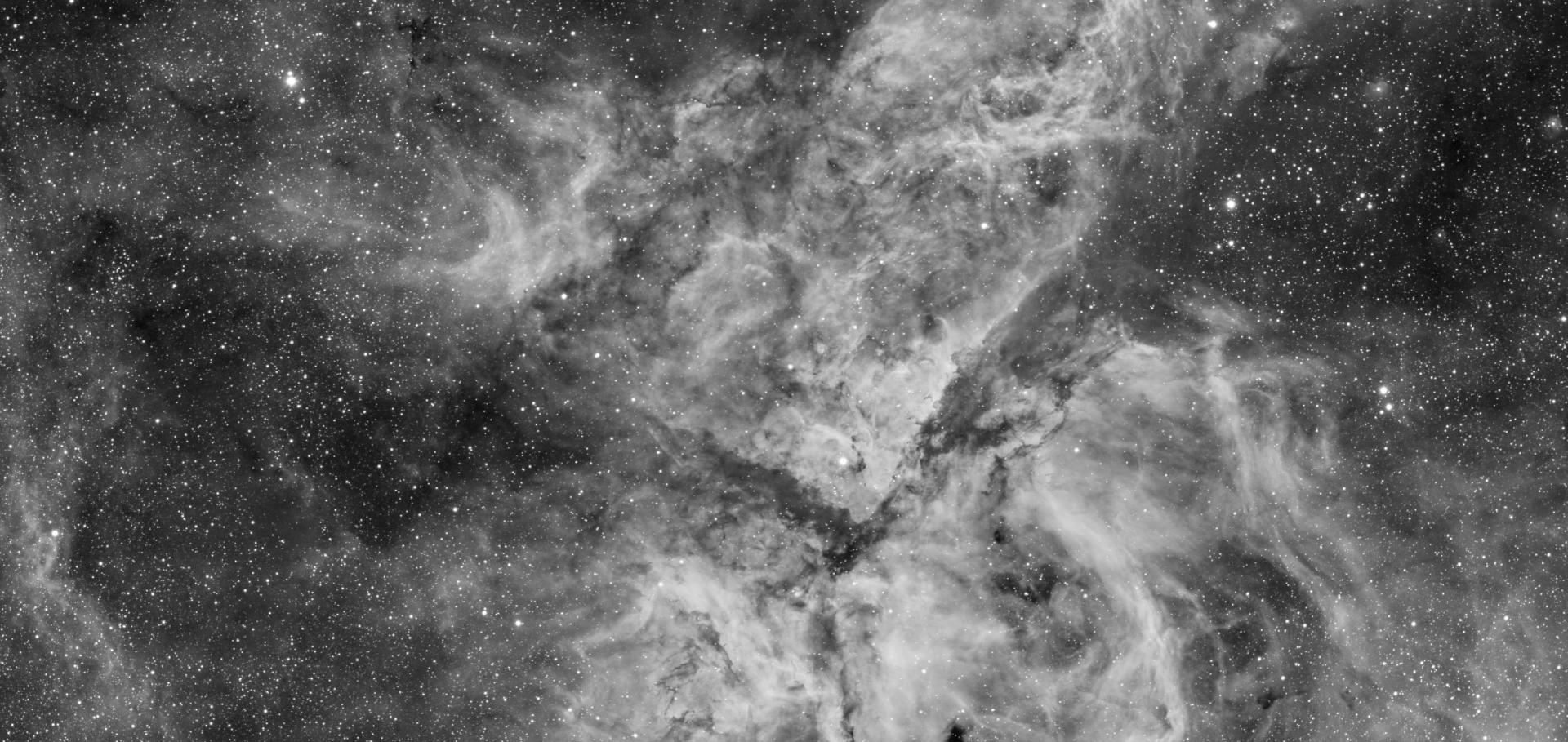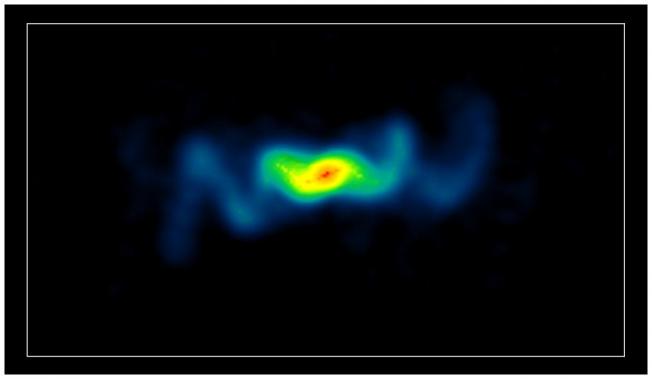A High Resolution Radio Survey of Class I Protostars
ArXiv astro-ph/0010410 (2000)
Abstract:
We report the results of a survey of low mass Class I protostars in the cm continuum. In the initial survey, seven sources in the Taurus star formation were observed with the VLA at 0``.25 resolution. All seven sources drive CO outflows and display Herbig-Haro flows in the optical or near infrared wavebands. 4/7 sources were detected, two of which are new discoveries in systems of very low luminosity, one being the lowest luminosity system detected to date in the cm continuum. Notably, three sources were not detected to a 3-sigma limit of 0.10 mJy/beam, which indicates that significant cm continuum emission is not a universal feature of Class I systems with outflow activity. Subsequent observations of HH30, a more evolved Class II system, found no emission to a 3-sigma limit of 0.03 mJy/beam. After comparison with near infrared data, we suggest that the discriminating feature of the detected systems is a relatively high ionisation fraction in the stellar wind. Temporal variability of the outflow may also play a role. The one relatively bright source, IRAS 04016+2610 (L1489 IRS), is clearly resolved on a 0``.4 scale at 2 cm and 3.5 cm. Follow-up imaging with MERLIN did not detect this source with a 0``.04 beam, indicating that the radio emission is generated in a region with a radius of about 25 au, which is broadly similar to the radius of the bipolar cavities inferred from models of near infrared data. Interpretation of this system is complicated by the existence of a quadrupolar outflow, which we originally detected through polarimetric imaging. We present a near infrared H2 image in which a bow shock in the secondary outflow is clearly seen. This complicated structure may have been caused by a gravitational interaction between two protostars.The radio luminosity function from the low-frequency 3CRR, 6CE & 7CRS complete samples
ArXiv astro-ph/0010419 (2000)
Abstract:
We measure the radio luminosity function (RLF) of steep-spectrum radio sources using three redshift surveys of flux-limited samples selected at low (151 & 178 MHz) radio frequency, low-frequency source counts and the local RLF. The redshift surveys used are the new 7C Redshift Survey (7CRS) and the brighter 3CRR and 6CE surveys totalling 356 sources with virtually complete redshift information. This yields unprecedented coverage of the radio luminosity versus z plane for steep-spectrum sources, and hence the most accurate measurements of the steep-spectrum RLF yet made. We find that a simple dual-population model for the RLF fits the data well, requiring differential density evolution (with z) for the two populations. The low-luminosity population can be associated with radio galaxies with weak emission lines, and includes sources with both FRI and FRII radio structures; its comoving space density $\rho$ rises by about one dex between z~0 and z~1 but cannot yet be meaningfully constrained at higher redshifts. The high-luminosity population can be associated with FRII radio galaxies and quasars with strong emission lines; its $\rho$ rises by nearly three dex between z~0 and z~2. These results mirror the situation seen in X-ray and optically-selected AGN. The integrated radio luminosity density of the combination of the two populations is controlled by the value of $\rho$ at the low-luminosity end of the RLF of the high-luminosity population, a quantity which has been directly measured at z~1 by the 7CRS. We argue that robust determination of this quantity at higher redshifts requires a new redshift survey based on a large (~1000 source) sample about five times fainter than the 7CRS.The radio luminosity function from the low-frequency 3CRR, 6CE & 7CRS complete samples
(2000)
3C radio sources as they've never been seen before
ArXiv astro-ph/0004005 (2000)



